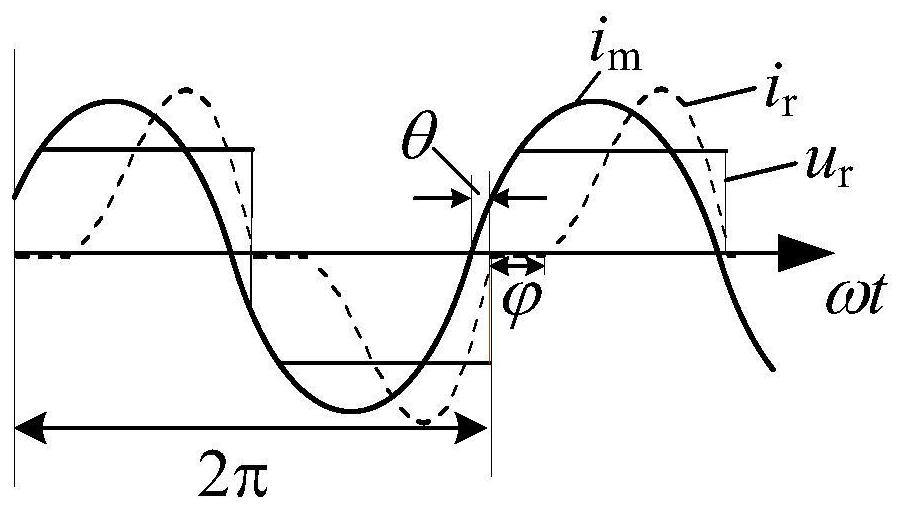Constant-current constant-voltage induction type wireless charging system based on variable secondary structure
A technology of wireless charging, constant current and constant voltage, applied in the direction of current collectors, electric vehicles, electrical components, etc., can solve the problems of increasing the power capacity of the inverter, high harmonic content of the output current of the inverter, and low efficiency
- Summary
- Abstract
- Description
- Claims
- Application Information
AI Technical Summary
Problems solved by technology
Method used
Image
Examples
Embodiment Construction
[0101] Such as figure 1 As shown, the constant current constant voltage inductive wireless charging system based on variable secondary structure of the present invention is composed of a transmitting part and a receiving part; the transmitting part includes a DC power supply E, a high frequency inverter H, and a primary compensation capacitor connected in series in sequence C p and the primary transmit coil L P ; The receiving part includes receiving coils L connected in series in sequence s , switching circuit I, compensation inductance L f , rectifier filter R and load II, characterized in that the receiving coil L s with compensation capacitor C s , compensation capacitor C f , compensation inductance L f And the rectifier filter R is connected in series in turn; the constant current compensation capacitor C SC with the first toggle switch S 1 One end after series connection with compensation capacitor C s and compensation capacitor C f The common point is connect...
PUM
 Login to View More
Login to View More Abstract
Description
Claims
Application Information
 Login to View More
Login to View More - R&D
- Intellectual Property
- Life Sciences
- Materials
- Tech Scout
- Unparalleled Data Quality
- Higher Quality Content
- 60% Fewer Hallucinations
Browse by: Latest US Patents, China's latest patents, Technical Efficacy Thesaurus, Application Domain, Technology Topic, Popular Technical Reports.
© 2025 PatSnap. All rights reserved.Legal|Privacy policy|Modern Slavery Act Transparency Statement|Sitemap|About US| Contact US: help@patsnap.com



